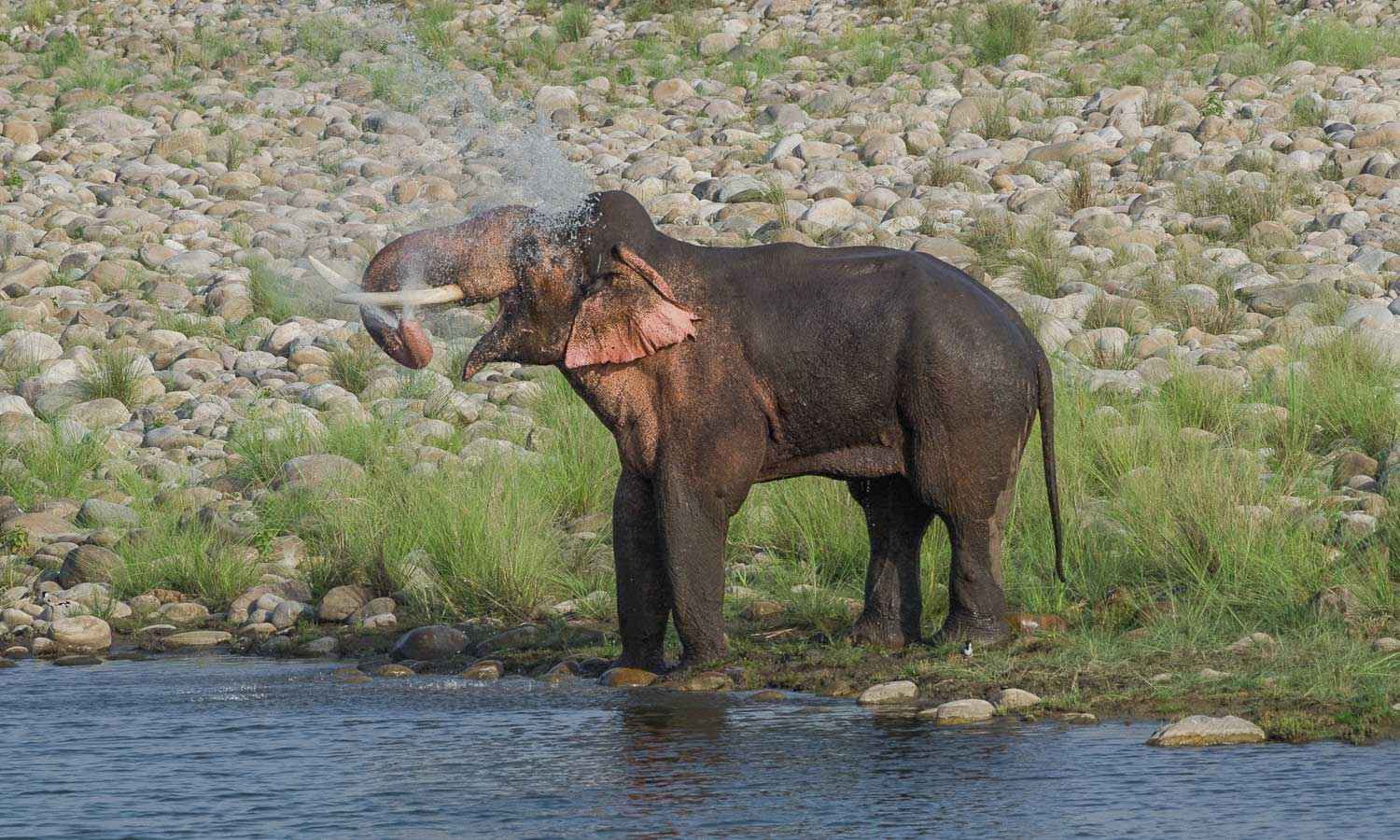Into the Terai Wilderness: Pilibhit Tiger Reserve Guide
What makes Pilibhit Tiger Reserve special?
Hidden in the Terai region of Uttar Pradesh, along the India–Nepal border, lies the beautiful Pilibhit Tiger Reserve—a true gem for nature lovers. It may be one of India’s youngest reserves, declared in 2014, but it has already made a big name for itself. Picture this: endless grasslands, rivers like the Sharda flowing through, forests of sal and teak, and the Himalayan foothills painting the backdrop. Pilibhit isn’t just about spotting animals—it’s about stepping into a world where every rustle, every call, and every golden sunset makes you feel the forest is alive.
Which animals and birds can you spot in Pilibhit?
The Royal Bengal Tiger is the star of the show, but Pilibhit is full of wild surprises. You might catch leopards lurking in the shadows, herds of chital or swamp deer grazing in the meadows, or even a porcupine making a quick dash. Sloth bears, wild boars, hog deer, barking deer, and civets are all part of the mix. Sometimes even elephants from Nepal also pay a visit to the park. And for birdwatchers—this is paradise. With more than 350 bird species, the skies are alive with hornbills, kingfishers, eagles, woodpeckers, and if you’re really lucky, the rare Bengal florican. To add to the thrill, you may even spot marsh crocodiles basking near rivers or a python crossing the path.
Types of Safaris at Pilibhit Tiger Reserve
The best way to explore Pilibhit is on a jeep safari. Morning safaris greet you with soft sunshine and animals coming out to graze near water bodies. Evening drives, on the other hand, treat you to glowing sunsets and the jungle slowly waking up to its nightlife. For those who prefer a slower pace, the reserve also offers birdwatching walks and nature trails in the buffer areas—perfect if you love soaking in the details of the forest.
What are the main safari zones?
Pilibhit has four tourism ranges, each offering a different vibe:
Madhotanda Range: Rich in tiger movements and grassland sightings.Haripur Range: Known for swampy areas, birdlife, and dense forests.
Mala Range: Scenic drives with sal forests and high chances of spotting deer herds.
Barahi Range: A peaceful zone, ideal for birdwatchers and photographers.
No matter which zone you choose, every drive comes with surprises.
Best season to visit Pilibhit
Each season has its own magic here. From October to February, the weather is cool, the forest is lush, and birdwatching is at its best. March and April strike the right balance—pleasant weather with good chances of wildlife sightings. By May and June, it gets hot, but the reward is high animal activity near water sources. The park takes a break during the monsoon (July–September).
Why should you visit Pilibhit?
Visiting Pilibhit feels different. You get the thrill of spotting tigers in their natural Terai grassland habitat, the rare chance of seeing the Bengal florican, and landscapes straight out of a painting—rivers, lakes, and meadows glowing in the evening light. Best of all, it’s not as crowded as big reserves, so the experience feels more personal and soulful.
Accommodation options near Pilibhit
While Pilibhit doesn’t have luxury lodges like some big reserves, it offers cosy and nature-friendly stays:
Forest Rest Houses (FRH): Located inside the reserve, managed by the Forest Department—simple but authentic.Eco-resorts & Hotels: A few mid-range stays and homestays are available near Chuka and Pilibhit town.
Chuka Eco Tourism Spot: Has huts and cottages right next to Chuka Lake—perfect for a quiet jungle getaway.
Safari rules and tips
To enjoy Pilibhit at its best, wear earthy colours like brown, green, or beige, so you blend with the forest. Carry your camera, binoculars, sunscreen, water, and a cap. Most importantly, keep quiet and patient—the jungle reveals itself slowly, and every sighting feels magical. And yes, book your safaris in advance because slots are limited!
How to book a safari in Pilibhit?
Safaris here can be booked online through the Uttar Pradesh Forest Department portal, or you can ask your lodge or Get in touch with us to book your Pilibhit safari.
Does Pilibhit attract photographers?
Absolutely. Pilibhit’s tall grasslands, rivers, and glowing sunsets make it a dream canvas for wildlife photographers. Whether it’s a tiger melting into the golden grass or a rare Bengal florican taking flight, the frames here are unforgettable.
How to reach Pilibhit Tiger Reserve?
By Air:
The nearest airports are Pantnagar (100 km)Lucknow (274 km), Bareilly( 50 Km)
By Train:
Pilibhit and Bareilly are the closest railway stations.
By Road:
Good road connectivity from Lucknow, Bareilly, and Delhi.
What clothes to carry?
Winter (Oct–Feb): Warm jackets, gloves, mufflers—mornings are cold.Summer (Mar–Jun): Light cotton clothes, hats, and breathable fabrics in earthy colours.
Shoes: Comfortable walking/sports shoes are a must.
Get In Touch
Ready for an adventure? We're here to help.












